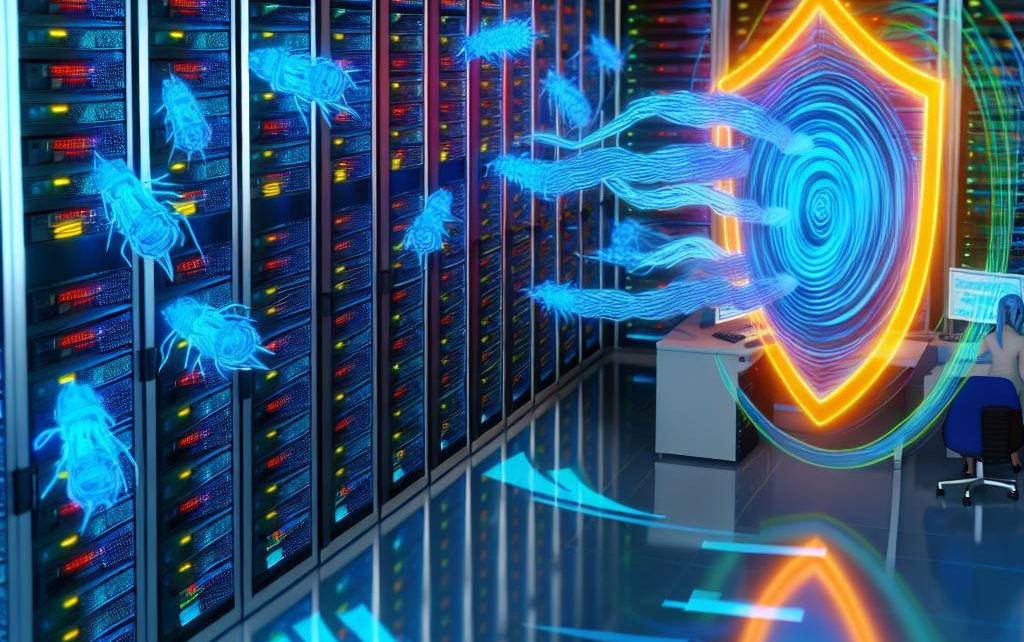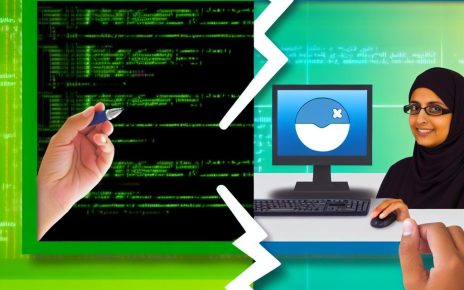Understanding the Importance of Server Security
In our increasingly digital world, protecting server infrastructure against cyber threats is more than just a technical necessity; it has become a strategic imperative for organizations globally. Servers act as critical components within the IT architecture, hosting not only applications and databases but also managing file storage and email functions. As the backbone of business operations, a secure server helps in ensuring the smooth functioning of everyday tasks, enhancing trust among stakeholders, and safeguarding sensitive information from the ever-evolving landscape of cyber threats.
Implementing Robust Access Controls
Access to server resources needs to be tightly controlled to prevent unauthorized use, data breaches, or malicious modifications. This is where robust access controls come into play. The first line of defense in any security policy is establishing secure authentication mechanisms for users accessing the server. Using strong, unique passwords goes a long way in protecting against unauthorized logins. Furthermore, integrating multi-factor authentication (MFA) provides an added security layer by requiring users to prove their identities using multiple forms of verification, such as a password and a mobile-generated code. This approach significantly reduces the chances of a successful login attempt from someone who merely possesses the password.
Regular audits of user accounts and permissions are equally essential. Periodically reviewing and updating access privileges ensures that employees retain only the necessary permissions applicable to their current roles, a concept often referred to as the principle of least privilege.
Enhancing Firewall and Network Security
Network security fortification begins with the strategic deployment of a firewall system. Such a system serves as a barrier between your internal network and the outside world, meticulously analyzing incoming and outgoing traffic based on predetermined security rules. Employing a dedicated firewall enhances this security measure, offering more granular control over the network traffic, thus better protecting the server from unauthorized access attempts.
It’s crucial to configure these firewalls carefully to reflect the specific needs and risks associated with your network. For continual protection, the firewall settings must undergo regular monitoring and updates, specifically to adapt to new and emerging threats. Administrators should also consider employing tools like intrusion detection systems (IDS) and behavior monitoring to complement the firewall in stopping potential threats before they infiltrate the network.
Regular Updates and Patch Management
The digital landscape is dynamic, with new vulnerabilities emerging regularly. Keeping your server secure against these vulnerabilities necessitates a proactive approach to updates and patch management. Operating systems and server applications should be consistently updated as soon as patches become available from reliable sources. This practice is crucial not only for core system components but also extends to any third-party applications running on the server. Ideally, administrators should formulate an update policy that includes regular scheduling for routine updates and allows for immediate patch application when critical vulnerabilities are disclosed. Staying updated through trusted cybersecurity authority websites helps in managing this process efficiently.
Data Encryption Techniques
Data encryption stands as a cornerstone in safeguarding sensitive information against unauthorized access or breaches. By utilizing robust encryption protocols, such as SSL/TLS, data integrity can be maintained during transmission, effectively shielding it from eavesdroppers. Furthermore, implementing full-disk encryption adds an additional security layer, safeguarding data even if the server’s physical hardware is compromised. Modern encryption schemes are crucial in ensuring that, regardless of the access point, the data remains unreadable without the appropriate decryption key.
Implementing Intrusion Detection and Prevention Systems
Integrating an intrusion detection system (IDS) with server security protocols can be incredibly effective in mitigating potential threats. Such systems monitor network traffic for suspicious activity, issuing alerts when typical patterns of attack are detected. Coupling an IDS with an intrusion prevention system (IPS) further enhances security by taking proactive measures to block or alter the course of detected threats. Logging the data associated with these entries is essential in empowering security teams to analyze attack patterns, thereby improving the resilience and adaptability of security infrastructures.
Regular Backup and Recovery Procedures
The importance of regular backups and an effective recovery strategy cannot be overstated in the realm of server security. Consistently executed backup schedules ensure that vital data can be retrieved efficiently following a data loss event, whether due to cyberattack or hardware failure. Storing backups in locations that are physically and digitally distinct from primary servers is also necessary, adding a level of redundance to the stored data.
Periodically testing backup and recovery processes ensures that the stored data remains intact and usable, validating the integrity and reliability of these backups. Such testing provides peace of mind and procedural clarity in actual disaster scenarios, reducing response times and minimizing downtime.
Educating Employees and Maintaining Vigilance
It is well-acknowledged within the cybersecurity industry that human error consistently poses one of the most prominent challenges in maintaining a secure server environment. As such, continuous employee education and training on security best practices must be integrated into the organizational culture. Regular training sessions should equip employees with the knowledge to recognize phishing attempts, understand the importance of complex passwords, and follow best practices for handling sensitive data.
Moreover, fostering an atmosphere where employees feel encouraged to report any anomaly or suspicious activity in the network can be pivotal in early threat detection. Clear protocols should be defined to outline how and where security concerns should be communicated for efficient and timely response.
Conclusion
The path toward securing your server against cyber threats demands a comprehensive, layered approach encompassing technology and human factors. By integrating stringent access controls, sophisticated encryption, precise firewall rules, vigilant patch management, and ongoing education into your security policy, organizations can fortify their infrastructure against an array of cyber threats both current and emergent. As cybersecurity trends evolve, staying informed and flexible in adopting novel security measures remains a prudent strategy for any organization striving to maintain an impregnable digital fortress.




